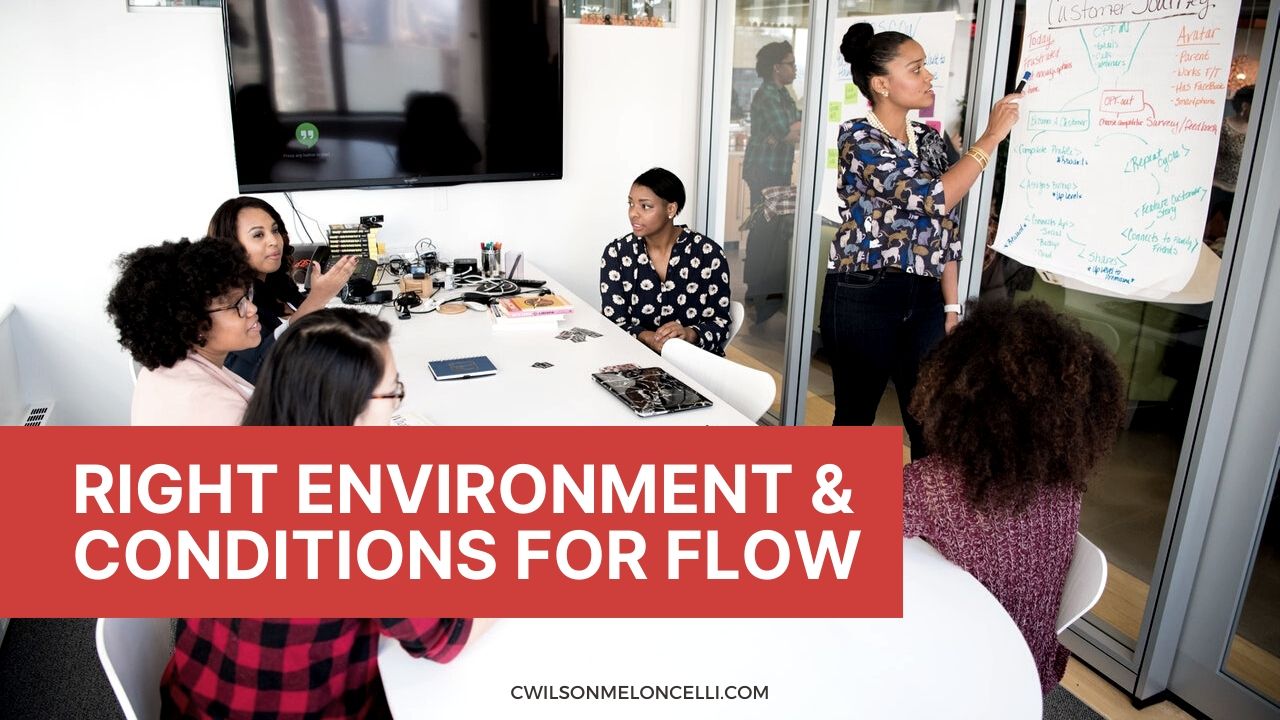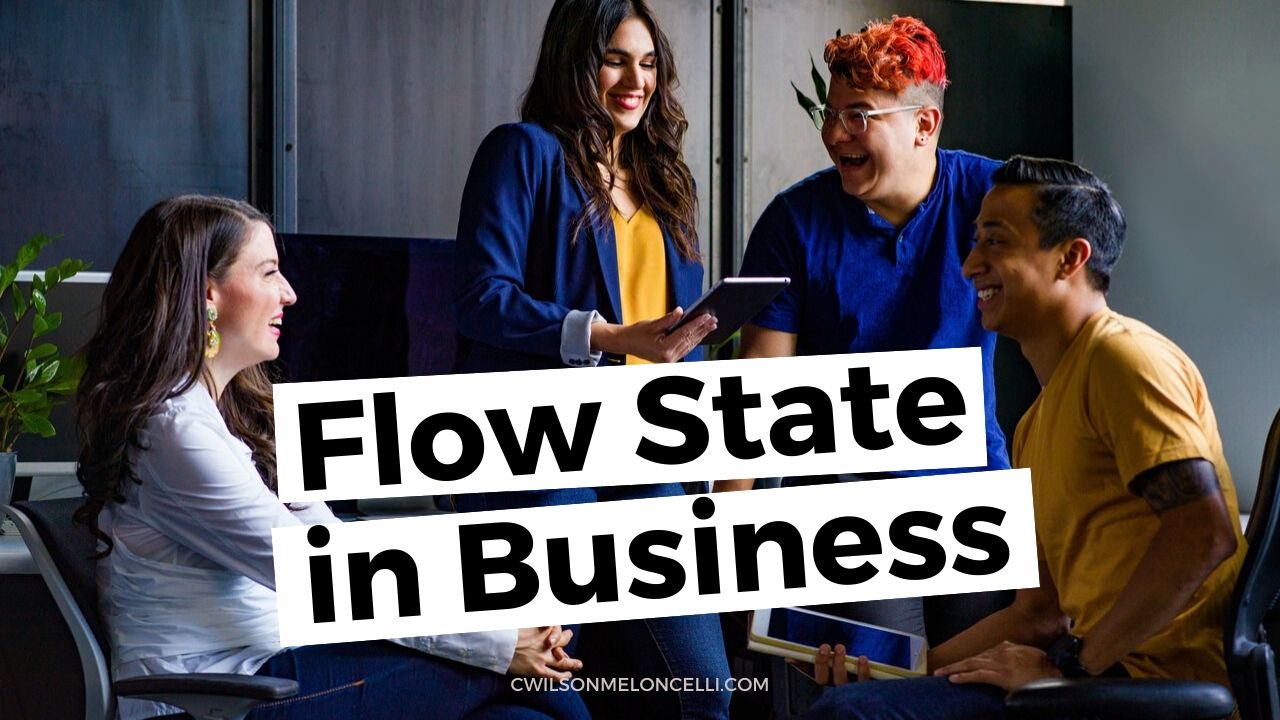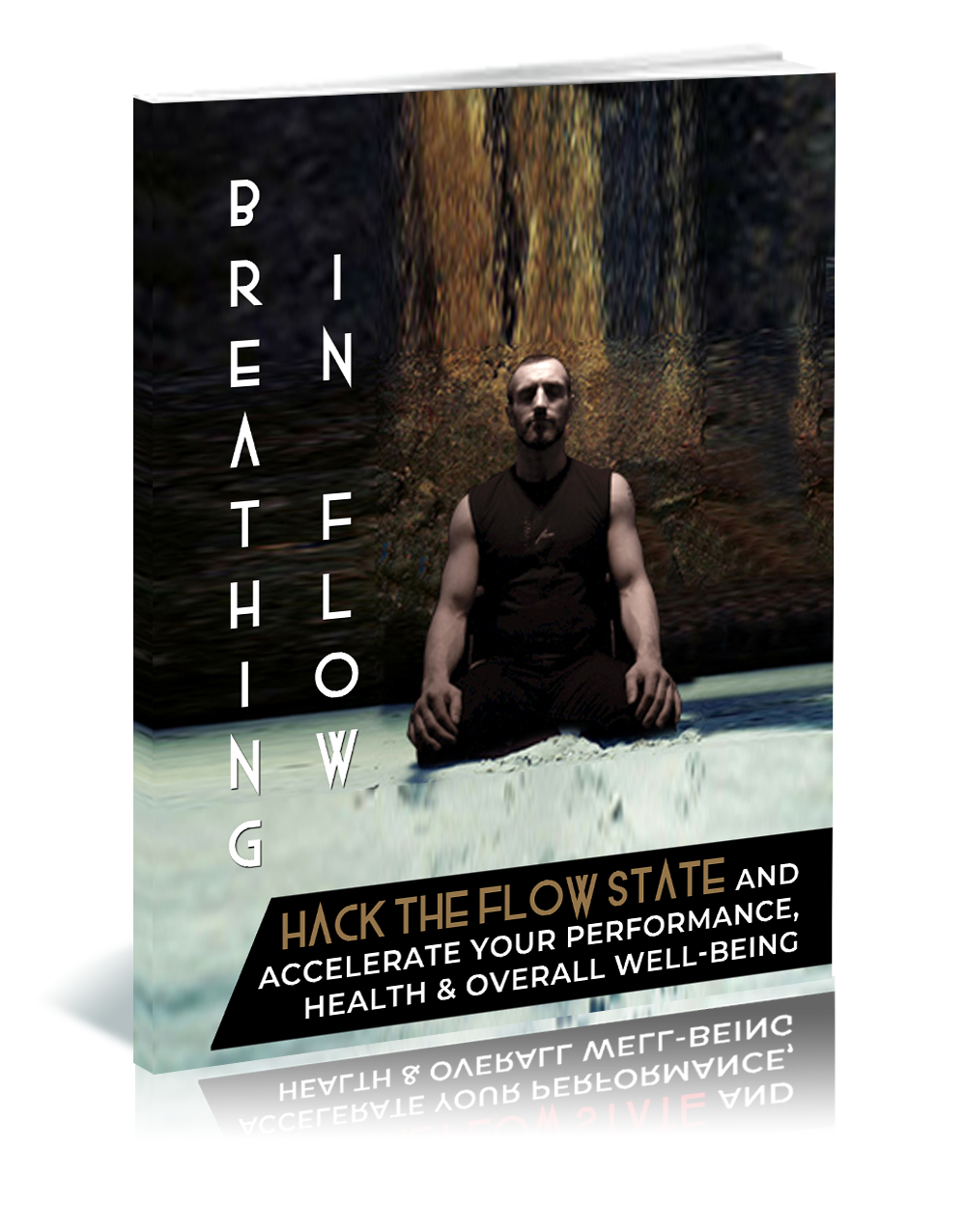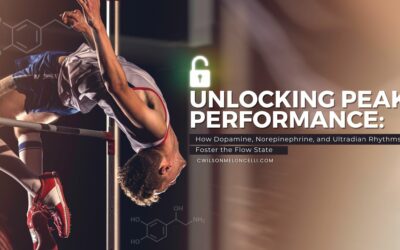
Now that we're standing in a brand new decade, we are starting to see major shifts in the corporate culture.
More and more people are getting disillusioned with the corporate rat race.
For most people, their “job” is nothing more than a paycheck. They can hardly wait to shut their computers and get home.
You can’t blame them. There are no compelling reasons for them to be enthusiastic, involved, and committed to their work.
With a focus on profitability, work environments keep getting more stressful. It’s made worse by all the useless meetings, red tapes, and office politics.
Naturally, in such a situation, productivity levels would be mediocre.
Companies like to pretend everything’s okay. And try to cover it up with some token gestures.
But let’s face it… they are creating a workforce of sick, disinterested, and disloyal employees.
If you think about it, everyone’s losing.
Businesses aren’t getting the best out of their employees.
The employees are not deriving any fulfillment, even after sacrificing their mental and physical health.
And what’s more, we are in the middle of a major cultural shift. By 2025, Millenials will represent 75% of the global workforce. They seek more than just salaries and bonuses.
Not to forget, the global pandemic has also massively disrupted the current work culture.
Amidst this upheaval, a new business paradigm is evolving.
Visionary leaders are realizing that a company would only perform at its best when its employees are at their best.
And so they are trying to create the right conditions to enable this peak performance.

So when exactly do people perform at their peak?
The mental state where people perform at their best has been described in different ways.
Professor Mihaly Csìkszentmihàlyi came up with a label that’s getting increasingly popular — Flow State
In Csikszentmihalyi’s words, Flow is “a state in which people are so involved in an activity that nothing else seems to matter; the experience is so enjoyable that people will continue to do it even at great cost, for the sheer sake of doing it”
In his research, he found that individuals who frequently experienced Flow were more productive and derived greater satisfaction from their work than those who didn’t.
And they desired to repeat those activities in which they achieved flow even if they were not being paid to do so.
In a 10-year McKinsey study, top executives reported being five times more productive while in states of flow. But the reality is that most employees spend less than five percent of their work-life in flow.
Here’s what it means: If you increase the amount of time spent in flow by 20 percentage points, workplace productivity could double.
And it’s not just about productivity.
When employees derive happiness and fulfillment from their work, they are more likely to go above and beyond in their work and stay loyal to their employer.
Also, the flow state is an abundant source of creativity. Research done by Harvard professor Teresa Amabile shows that not only are people more creative in flow, they also report being more creative for up to three days after experiencing flow — suggesting that flow doesn’t just heighten creativity in the moment, but it also heightens it over the long haul.
Creativity is essential in today’s age, where a company cannot survive without innovation.
That’s why more and more CEOs are now focusing on enabling the Flow state for their employees. Because it’s a serious competitive advantage.
Removing the Barriers to Flow
Our current work culture makes it almost impossible for people to experience the flow state in business.
The flow state requires periods of uninterrupted focus and concentration.
But with multiple projects, emails, calls, and meetings round the clock — employees are in a state of constant distraction.
On top of that, instant messaging tools like Slack are getting increasingly common in all companies. And there’s an unspoken expectation to reply promptly.
Such communication environments go against the ethos of flow. And employees only get more stressed due to constant context-switching and multitasking.
Of course, we can’t completely do away with these communication tools. We need them for proper functioning.
But you can make a few shifts to remove these barriers to flow for your employees.
Here are some ideas you should push for:
- Allowing people to switch off Email and Instant Messaging
- Fewer meetings
- Focus rooms
- Single Tasking Mentality
However, these strategies wouldn’t be as effective if just one person or one team adopted them.
The whole organization needs to be on board. And the employees need to understand the importance and benefits of cultivating flow in their work life.
For that, you need to create a culture of respecting and seeking flow.

Creating the Right Environment and Conditions for Flow | Achieving Flow State in Business
A recent study by McKinsey hypothesized that there are three major factors that characterize a workplace likely to generate flow and inspire peak performance:
Intellectual Quotient
Intellectual Quotient (IQ) of a workplace reflects how well individuals can adapt to the demands of work.
Here are three elements that influence the Intellectual Quotient of your workplace:
- Clarity of Goals
Uncertainty can be a major block. Every individual in your company should have clarity on what exactly is expected of him.
When goals are concrete and clear, it becomes easier to focus.
Having well-defined ownerships also reduces unnecessary back-and-forths and unproductive meetings.
- Challenge/Skill Ratio
If the work is too easy, employees will get bored and easily distracted. If it’s too hard, they’ll get frustrated and stressed.
You need to find that sweet spot where the challenge of the task is finely balanced by the abilities of your employees. That’s when their attention would be most engaged.
To do this, set goals that are just beyond their comfort zones and encourage growth.
- Continuous Feedback
Instead of having just annual or quarterly feedback, it’s important that employees have frequent check-ins with their managers.
Your employees should not be unaware of whether or not they are doing a good job. It creates uncertainty.
Continuous feedback would provide them the structure and direction necessary to cultivate flow. This way the manager can also ensure that the Challenge/Skill Ratio is at an appropriate level and adjust it if needed.
If possible, help employees find their own ways to monitor progress.
Apart from this — to increase the Intellectual Quotient — it’s also important that employees have easy access to the resources and knowledge needed to get work done. And that they have learning opportunities to increase their sense of “mastery”.
Meaning Quotient
While IQ and EQ are absolutely necessary to enable flow, they are far from sufficient.
McKinsey describes Meaning Quotient (MQ) as an environment “involving high stakes; excitement; a challenge; and something that the individual feels matters, will make a difference, and hasn’t been done before”
When a business environment’s MQ is high, employees put more energy into their work and see it as more than “just a job”.
Csìkszentmihàlyi talks extensively about “the making of meaning” in his book Good Business. He says it is the vision and "soul" of a company that attracts loyal employees willing to go above and beyond the call of corporate duty.
One way to create an environment that is exciting and involves high stakes is creating a “fail forward” culture.
When you incentivize risks and normalize failure, it encourages employees to perform at their peak and create breakthroughs. The existence of high consequences is a powerful flow trigger.
In their research, McKinsey outlines three strategies that can be very effective to increase the Meaning Quotient of your workplace:
Strategy #1: Tell Five Stories at Once
The kind of stories that organizational leaders currently tell to inspire their teams are very typical.
They either run along the lines of a turnaround narrative or the good-to-great narrative.
The problem with these stories is that they are not only cliched, but they are also centered on the company.
McKinsey’s research shows that four other narratives which can give individuals a sense of meaning and make them feel that their work has an impact on
- Society — making a better society, building the community, or stewarding resources
- The Customer — making life easier and providing a superior service or product
- The Working Team — a sense of belonging, a caring environment, or working together efficiently and effectively
- Themselves — Personal development, a higher paycheck or bonus, and a sense of empowerment
When you focus on a vision that centers around the company, it might only appeal to some of your employees. But if you weave the other four narratives in your vision, it will inspire almost everyone.
Strategy #2: Let employees “write their own lottery ticket”
Having an overarching vision that inspires everyone is great.
But here’s something even more powerful:
Each employee having a powerful personal narrative — that they created themselves. And all you have to do to make that happen is ask the right questions.
Here’s the thing about human nature: when we choose for ourselves, we are far more committed to the outcome and ideas.
Encourage employees to write their own “change stories” and about the implications of their work.
Strategy #3: Use small, unexpected rewards to motivate
Compensations are often tied to multiple financial metrics, most of which are beyond individual control. This is where you need to think beyond bonuses and promotions (which are important).
When people aren’t expecting a reward, even a small one can have a disproportionate effect on their state of mind
Unexpected gestures like surprise bonuses, personal thank you notes, meaningful gifts make a big difference.
It can lead to big boosts in motivation and create connections to the leader and company that lasts for months.
Sam Walton, the founder of Wal-Mart Stores, puts it perfectly,
“Nothing else can quite substitute for a few well-chosen, well-timed, sincere words of praise. They’re absolutely free—and worth a fortune.”
Emotional Quotient
Emotional Quotient (EQ) refers to the quality of interactions among the employees and various teams. It reflects how effectively they collaborate.
EQ of a workplace is healthy when there’s a feeling of trust and respect, constructive conflict, a sense of humor, and a general feeling that “we’re in this together”.
And if the EQ of a workplace is low, it results in office politics, ego clashes, and passive-aggressive avoidance of tough issues.
Here are a few things you can do to increase the Emotional Quotient of your Workplace:
- Create Trust and Autonomy
When there’s a lot of micromanagement, it blocks the opportunities for flow. It also communicates that you don’t trust your employees to do the job.
When you relinquish control, it gives someone else the freedom to own something. That sense of responsibility creates an engaged mindset optimal for flow.
- Listen to your Employees
Seeking feedback from your employees is as important as giving feedback to them. Probably more.
Actively listen to their problems and ask them how you can help. That’s the most straight-forward way to create an environment where employees can perform at their peak.
- Having a Shared Mission
Having a mission that everyone believes in creates a sense of camaraderie. It also makes decision-making easy. And helps everyone feel that their work is meaningful and contributing to a larger goal.
This ties in with the third and most challenging factor when it comes to enabling flow for your employees — Meaning.

The ability to access the Flow state in business and work environments is a superpower. Which is possessed by very few people, especially in this modern world full of distractions.
These are the people who go on to achieve big things in their life.
If you’d like to get personally trained to hack into the Flow state at will, I’d urge you to check out The Mavericks .
References:
Increasing the ‘Meaning Quotient’ of work
Create a Work Environment That Fosters Flow
https://hbr.org/2014/05/create-a-work-environment-that-fosters-flow
Good Business, Mihaly Csiksentmihaly









